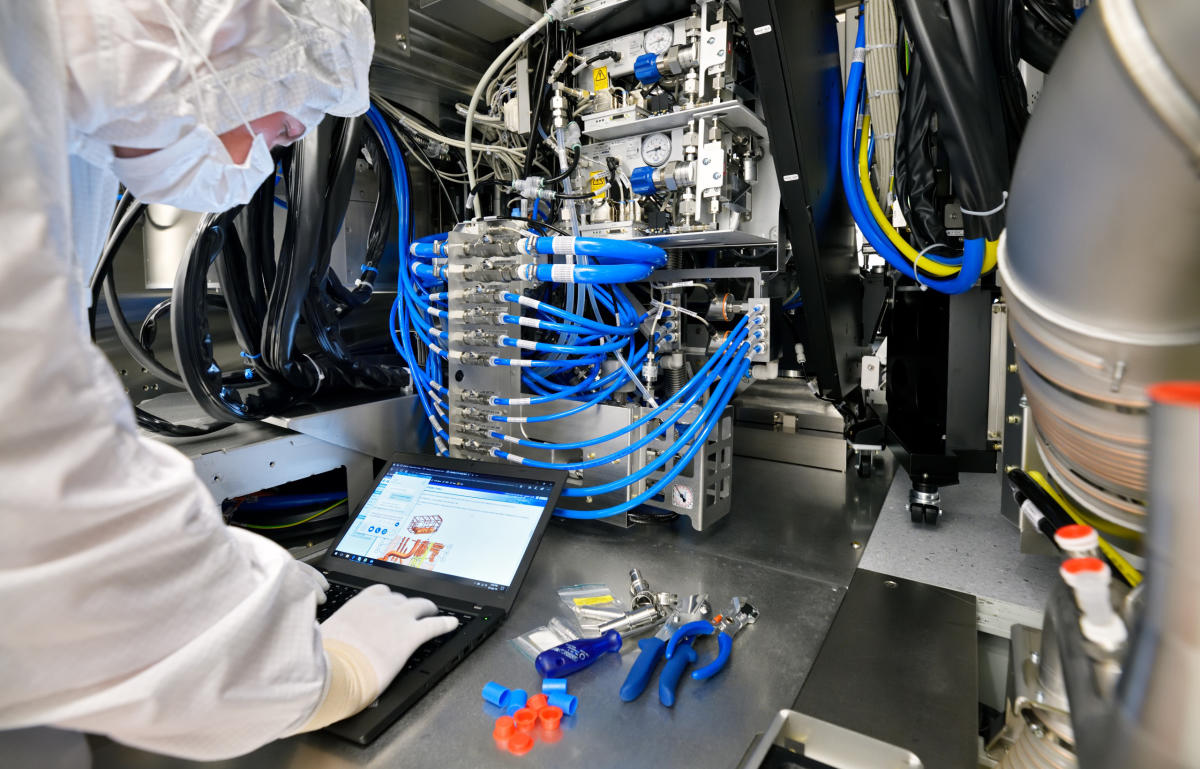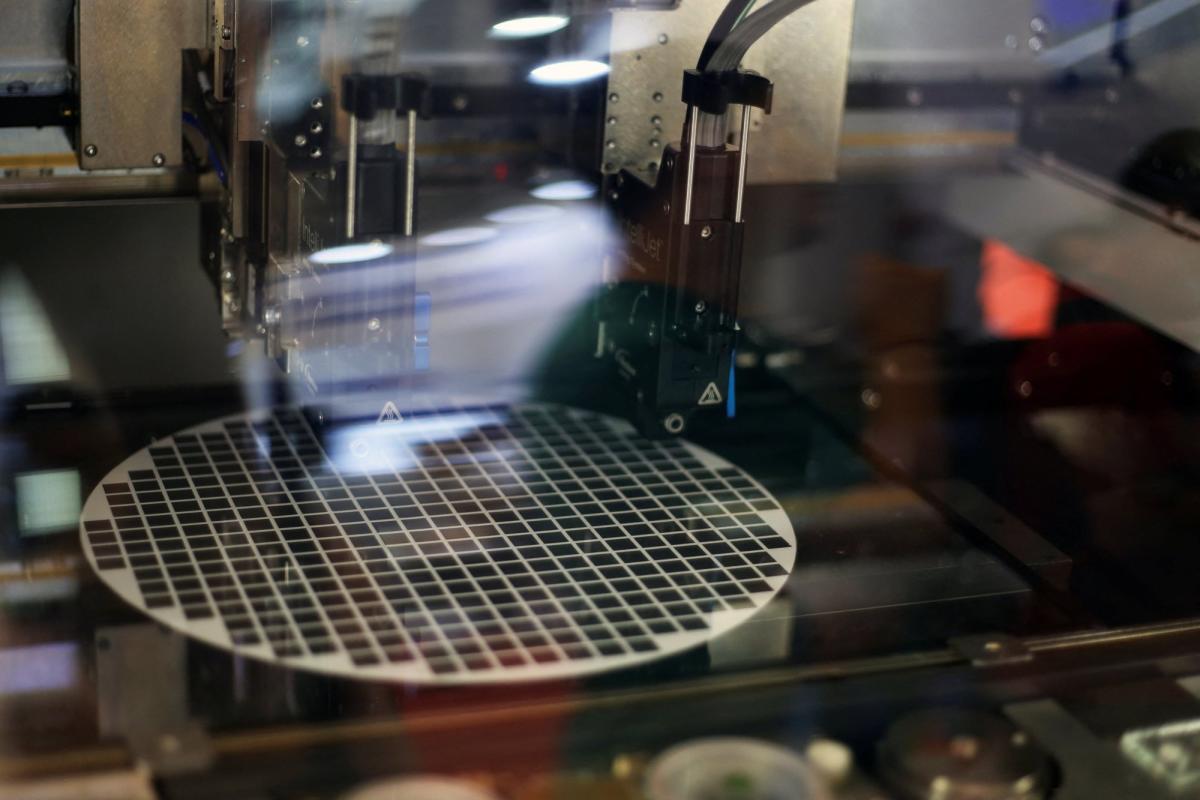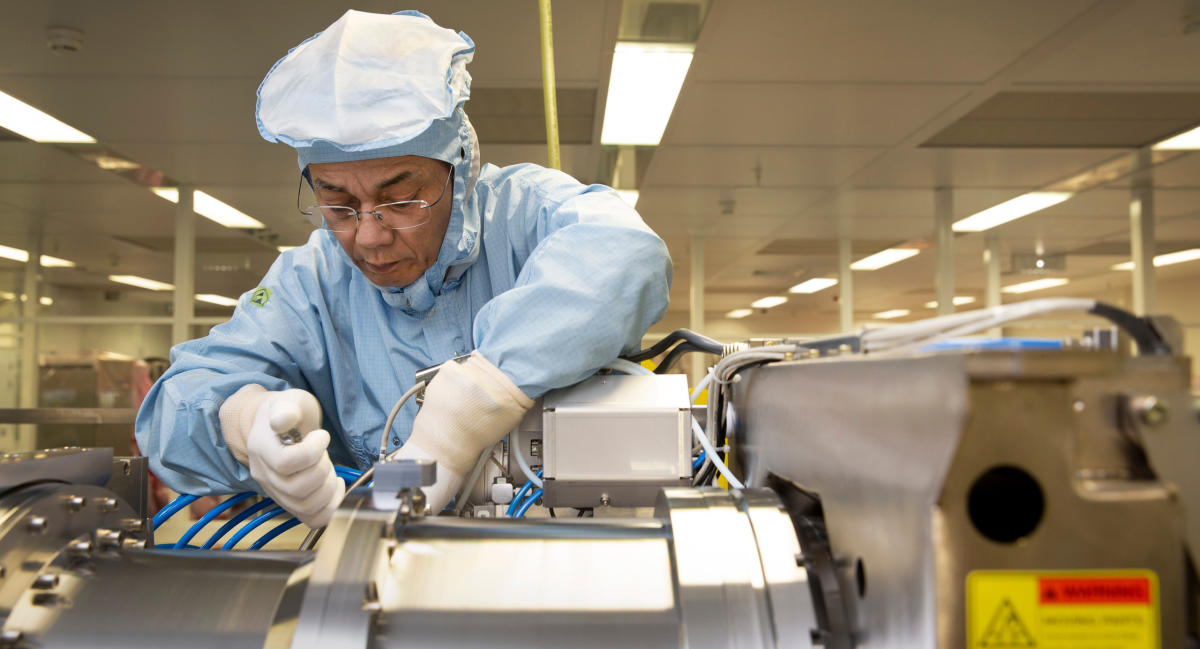
Netherlands, home to a critical chip firm, follows U.S. with export curbs on semiconductor tools
The Netherlands on Friday announced new export restrictions on advanced semiconductor equipment amid U.S. pressure to cut China off from key chipmaking tools.
ASML's statement:
"ASML said it will now need to apply for a license to export its most advanced immersion DUV lithography systems, called the TWINSCAN NXT:2000i and subsequent tools.
The Dutch government has used a different set of rules to restrict exports of ASML’s EUV machines since 2018. EUV exports however will now come under the law that comes into effect in September.
ASML said it can start submitting export licenses before the law comes into effect and the government will grant or deny these applications on a case-by-case basis.
The company added that it does not expect the measures announced on Friday to have a material impact on its 2023 financial outlook."
China's response:
The Chinese Embassy in the Netherlands called the latest law from the Dutch government “an abuse of export control measures and seriously disrupted free trade and international trade rules.”
“We call on the Dutch side to bear in mind the larger interest of safeguarding international trade rules and bilateral economic and trade cooperation, immediately correct its wrongdoings,” the embassy statement said.
The embassy said it is ready to “work with the Dutch side to address the issue based on the principle of mutual benefit, so as to jointly promote the healthy development of Sino-Dutch economic and trade relations.”
Last edited:




